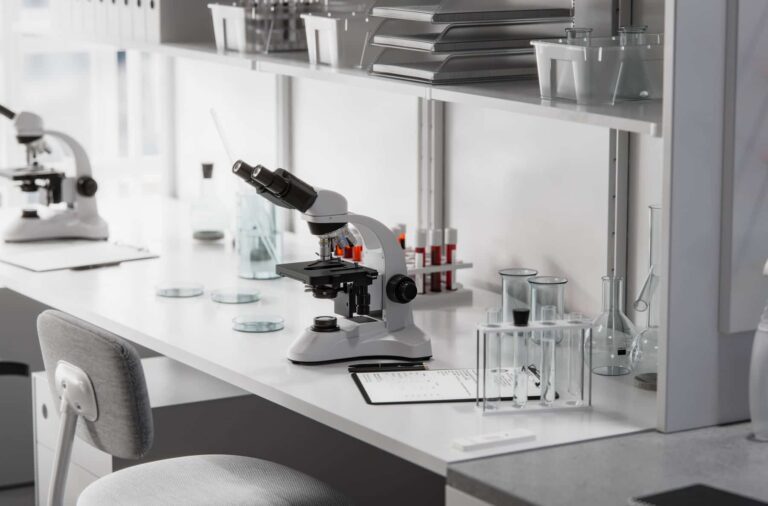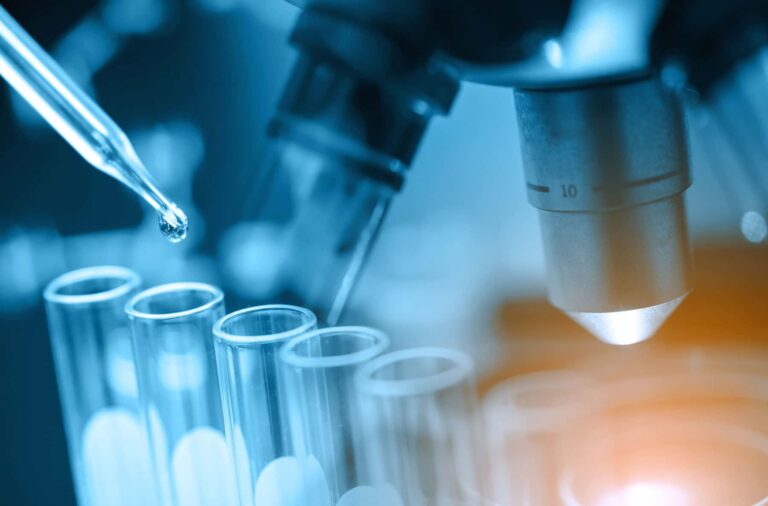Your primary goal as a Life Sciences company is to conduct the necessary scientific research to develop innovative products that enhance people’s lives. However, creating therapies is a challenging and costly endeavor, and obtaining funding can be equally difficult. Investors consider a range of factors when deciding which businesses to invest in. Therefore, it is essential to demonstrate not only the quality of your science but also your ability to run a well-managed operation.
Watch Taylor Moyer, Flagship’s VP of Lab Services Solutions, deliver a presentation on how to optimize lab operations to maximize efficiency and attract investors at BIO International Convention 2023.
Understanding Your Lab Operations
To attract investors and ensure the success of your lab business, you need to have a clear understanding of your lab’s operations. Consider the following questions:
- Inventory and Cost Management:
- Do you know what equipment and resources you have?
- Where are they located?
- How much does it cost to run your lab?
- Scalability:
- What will be the cost of scaling up your operations?
- Budget Allocation:
- Can you explain where your spending goes?
- How do you make decisions about allocating funds and determining priorities?

Download Now!
Want to read on? Download An Effective Lab Operations Program Will Make You More Fundable now!
Subscribe Now!
Stay up to date with the latest facility management tips and news.




